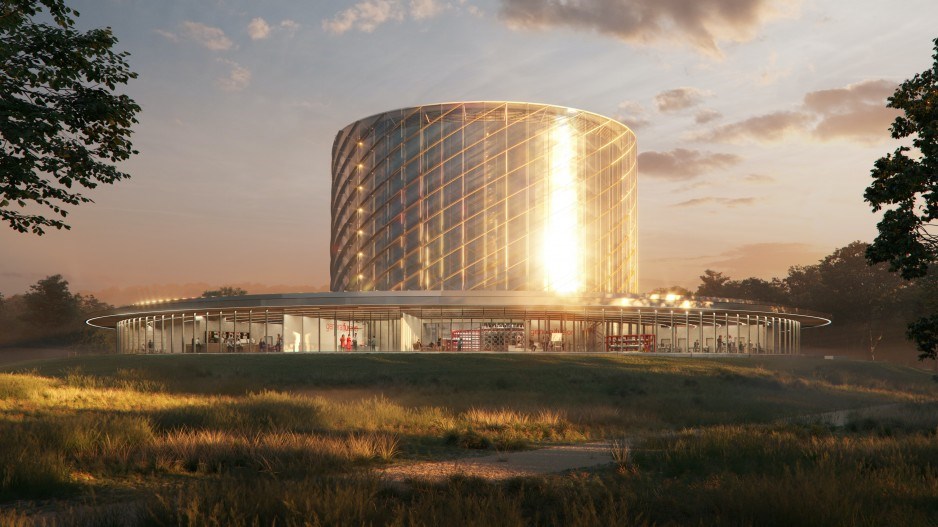General Fusion Inc. is drawing yet another big-time capital injection from investors as the B.C. cleantech firm draws closer to commercializing its fusion power technology.
The company revealed Tuesday the close of Series E funding round tallying US$130 million boost efforts to deliver clean energy to consumers in the coming years using complex technology not yet before commercialized.
The latest funding round was led by Temasek, with participation from GIC — Singapore’s sovereign wealth fund — and the Business Development Bank of Canada, among others.
To date, the company has raised more than US$300 million from investors that include the likes of Amazon.com Inc. (Nasdaq:AMZN) founder Jeff Bezos and Shopify Inc. (TSX:SHOP) CEO Tobias Lutke.
Last month General Fusion began relocating its headquarters from Burnaby to Richmond after signing an agreement with Vancouver International Airport (YVR) to lease a 60,000-square-foot facility on airport property.
The new facility on Sea Island is hosting General Fusion’s corporate offices, many of its engineering labs and will now serve as the primary site for development of its fusion technology.
Meanwhile, a prototype fusion power facility, which is expected to be operational by 2025, was previously announced to be under development at the U.K. Atomic Energy Authority’s Culham campus in southern England.
“We really worked hard to look around. Not only Canada but a bunch of other jurisdictions. But ultimately this was something that was really important to us because this is the thing that's going to fuel our growth,” CEO Christofer Mowry told BIV in June, adding the demonstration plant needed to be in a location close to an established, globally recognized fusion research centre.
“We've got our feet firmly planted in Vancouver … But it's also a story about spreading our wings and being a part of the global energy industry in a big way.”
The company currently employs 140 workers and General Fusion plans on quadrupling its headcount in the coming years as it draws closer to commercializing its fusion technology.
Fusion energy is produced when atoms are fused, kicking out neutrons, which then power a reaction that can generate heat. It is most often associated with a process that occurs in the sun.
Producing a fusion reaction on Earth first requires turning two elements — deuterium and tritium, which are both heavy hydrogen isotopes — into a plasma.
Unlike fission power — which uses highly radioactive uranium and produces long-lived radioactive waste — the radioactive residuals of fusion power would be short-lived and there is no risk of runaway meltdowns.




